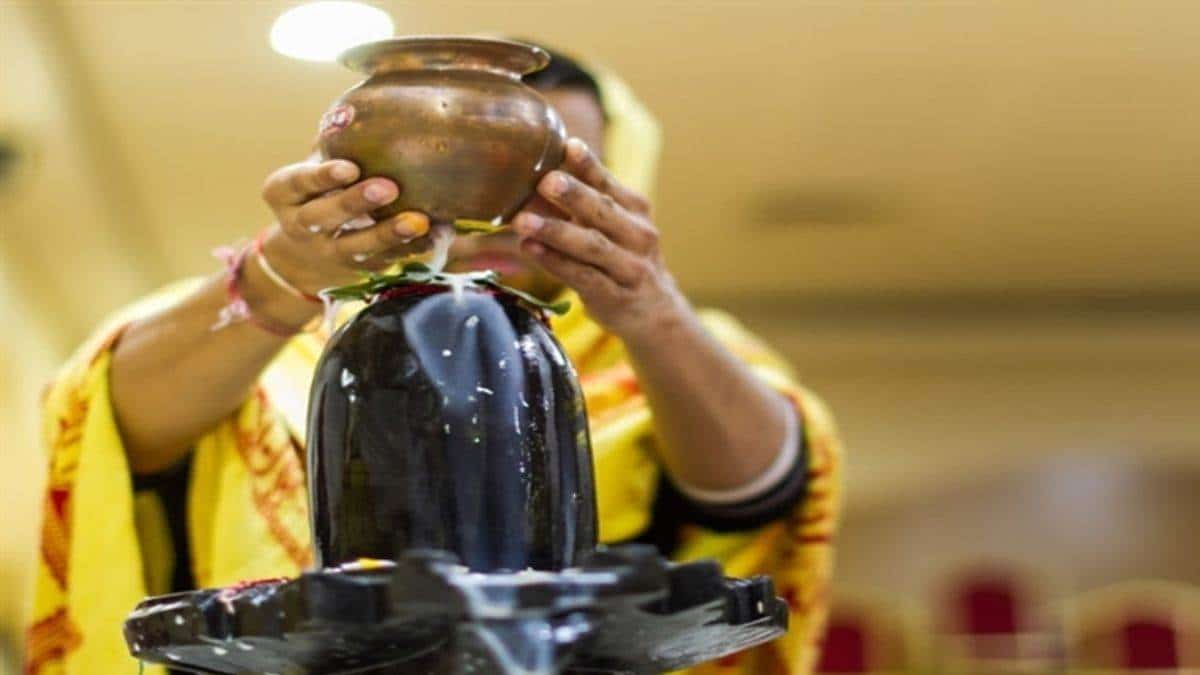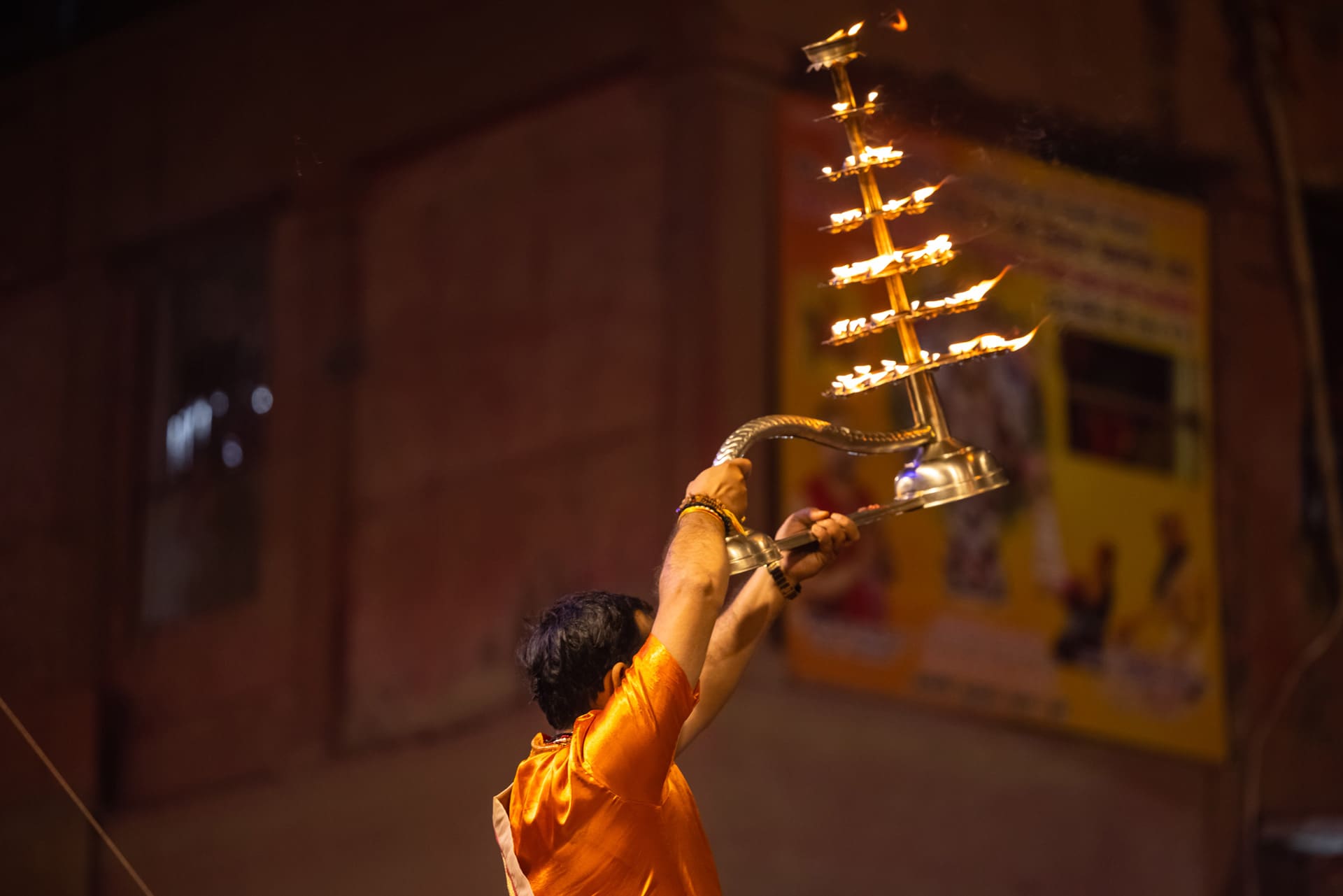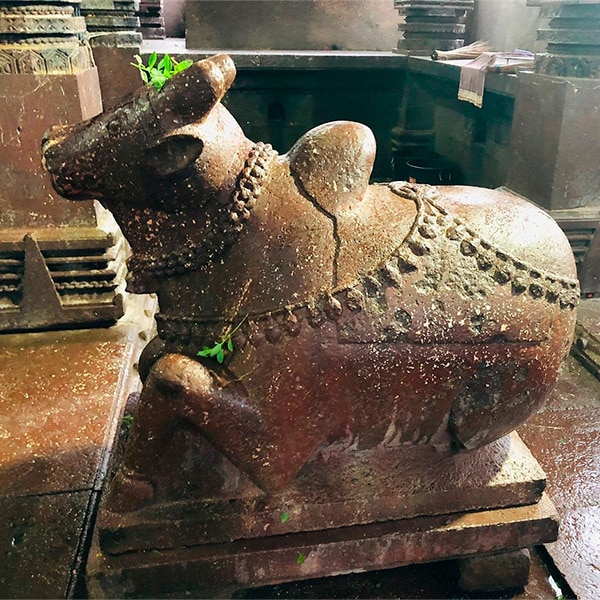- Home
- Our Hotels
- Mumbai
- Our Rooms
- Dining
- Meetings & Events
- Offers & Packages
- Facilities
- Gallery
- Nearby Places
- Contact Hotel
- Chennai
- Our Rooms
- Dining
- Meetings & Events
- Offers & Packages
- Facilities
- Gallery
- Nearby Places
- Contact Hotel
- Aurangabad
- Our Rooms
- Dining
- Meetings & Events
- Offers & Packages
- Facilities
- Gallery
- Nearby Places
- Contact Hotel
- Our Story
- Offers & Packages
- Careers
- Book your stay

Things to Do at Grishneshwar Temple – One of the 12 Jyotirlingas
Inside the Grishneshwar Temple Experience
1. The Divine Darshan: Connecting with the Jyotirlinga
The core of the Grishneshwar Temple experience is the Jyotirlinga itself, a powerful symbolic representation of Lord Shiva believed to have manifested as an infinite pillar of light. Unlike many other Jyotirlingas, devotees here are blessed with the rare opportunity to physically touch the Shiva Lingam during darshan (viewing of the deity). This direct interaction is considered deeply sacred, fostering an intense personal connection and filling the heart with profound devotion and peace.
Rituals and Offerings: Devotees commonly perform Abhishekam, a ritual bathing of the Lingam with sacred substances like milk, water, and bilva leaves, believed to cleanse sins and invoke prosperity. The temple offers various Pujas for different intentions, including:
- Panchamrut Pujan: An offering using five sacred elements (milk, curd, ghee, honey, and sugar).
- Puja Abhishek: General ritual bathing.
- Rudra Abhishek: A more elaborate ritual involving the chanting of Rudra Mantras.
- Mahapuja, Laghu Rudra, Maharudra: Increasingly grander forms of Rudra Abhishek.
- Mahamrityunjay Jap (1,25,000 Times Mantra Jap): Chanting for protection from untimely death and illnesses.
- Savvalaksh Bilva Patra Arpan (1,25,000 Times Mantra Jap): Offering of a vast number of bilva leaves.
- Annadan: Charity through food distribution.
Dress Code and Guidelines: A significant tradition observed here is that men are required to remove their shirts before entering the inner sanctum as a mark of humility and respect. It’s crucial to note that mobile phones are strictly prohibited inside the temple premises to maintain sanctity and prevent distractions. During Aarti ceremonies, entry into the sanctum is temporarily restricted, so planning your visit accordingly is advisable.
2. Witnessing the Aarti Ceremony: A Symphony of Devotion

Participating in a traditional Aarti ceremony at Grishneshwar is a profoundly moving experience. The air resonates with the rhythmic chanting of mantras, the harmonious sound of temple bells, and the captivating sight of oil lamps illuminating the sanctum. This creates a powerful and immersive connection to the divine.
Special Occasions for Aarti: The temple comes alive with special aartis, grand processions, and religious gatherings during significant Hindu festivals such as:
- Mahashivaratri: The most significant festival dedicated to Lord Shiva, celebrated with immense fervor, often involving all-night vigils.
- Shravan Mondays: The entire month of Shravan (July-August) is considered highly auspicious for Shiva worship, with Mondays being particularly sacred.
- Kartik Purnima (Tripuri Pournima): Celebrated on the full moon day of the Hindu month of Kartik (October-November).
- Somavati Amavasya: A new moon day falling on a Monday in the Hindu month of Kartik.
3. Admiring the Ancient Architecture: A Red Basalt Masterpiece

Key Architectural Features:

- Five-tiered Shikhara (spire): Adorned with detailed sculptures of various deities and mythological scenes.
- 24-pillared Court Hall: Each pillar is intricately embellished with carvings narrating legends of Lord Shiva.
- Garbhagriha (Sanctum Sanctorum): Houses the east-facing Jyotirlinga.
- Nandi Mandapa: Features a beautifully sculpted Nandi (Lord Shiva’s mount) in the temple courtyard.
4. Unraveling the Legends: The Story of Ghushma
Practical Information for Your Visit:

- Temple Entry: Entry to the Grishneshwar Temple is free for all visitors.
- Temple Timings: Generally, the temple is open from 5:00 AM to 9:00 PM.
- Tip: Visiting before 7:00 AM in the morning often allows for a quicker darshan (as little as 5 minutes).
- Extended Hours: During the holy month of Shravan, the temple remains open for extended hours, typically from 3:00 AM to 11:00 PM. On Mahashivratri, the temple often remains open from the previous day’s midnight until late the next day.
- Best Time to Visit: The winter months (October to March) offer pleasant weather, making it ideal for exploration. While festivals like Mahashivratri and Shravan Maas are spiritually vibrant, they also attract larger crowds.
- Estimated Darshan Time: Depending on the crowd, darshan can take anywhere from 5 minutes to 1-2 hours.
- Photography: As mentioned, mobile phones are strictly not allowed inside the temple premises, implying photography is also prohibited.
Location and Accessibility:
Address: Ghrishneshwar Temple Rd, Verul, Maharashtra 431102. Located in Verul (Ellora), Aurangabad district, Maharashtra, India, on the outskirts of Chhatrapati Sambhaji Nagar.
Exact Latitude and Longitude: 20.024904∘N,75.1698997∘E
How to Reach:
- By Road:
- Grishneshwar Temple is approximately 30 km from Aurangabad city and a mere 2 km from the Ellora Caves.
- From Aurangabad: Take the Aurangabad-Ellora Road (NH 211) and follow signs.
- From Mumbai: Approximately 335 km (7-8 hours drive) via NH 160 and NH 211.
- From Pune: Approximately 260 km (5-6 hours drive) via NH 60.
- Public transport (city buses) are available from Aurangabad to reach the temple.
- By Train:
- The nearest railway station is Aurangabad Railway Station, well-connected to major cities like Mumbai, Pune, and Hyderabad.
- From Aurangabad Railway Station, hire a taxi or take a bus (approx. 30 km).
- By Air:
- The nearest airport is Aurangabad Airport (Chikalthana Airport), with regular flights from Mumbai, Delhi, and Hyderabad.
- From Aurangabad Airport, hire a taxi (approx. 35 km). Pre-paid taxi services are available.
Accommodation


It is advisable to book your stay in advance, especially if you plan an early morning darshan. Staying close to the temple or in Aurangabad (Chhatrapati Sambhaji Nagar) will offer convenience. The Ambassador Ajanta Aurangabad hotel offers a Spiritual & Heritage Package which includes stay in a spacious deluxe room with modern inroom amenities with Breakfast and an 8-hr tour to Ellora & Grishneshwar temple and more. Lear more about the offer on https://ambassadorindia.com/ambassador-ajanta-aurangabad/offers-packages/
The Grishneshwar Temple is far more than a pilgrimage site; it is a vibrant tapestry woven with threads of faith, ancient legends, exquisite architecture, and profound cultural significance. Whether you are drawn by spiritual devotion, historical curiosity, or a desire to immerse yourself in India’s rich heritage, a visit to this Jyotirlinga promises a deeply enriching and unforgettable experience.
R-4, CIDCO, Jalna Road,
Opposite High Court, Aurangabad,
Maharashtra- 431003
Email:- res.aur@ambassadorindia.com
Phone:- +91 24 0660 7200







